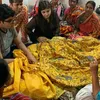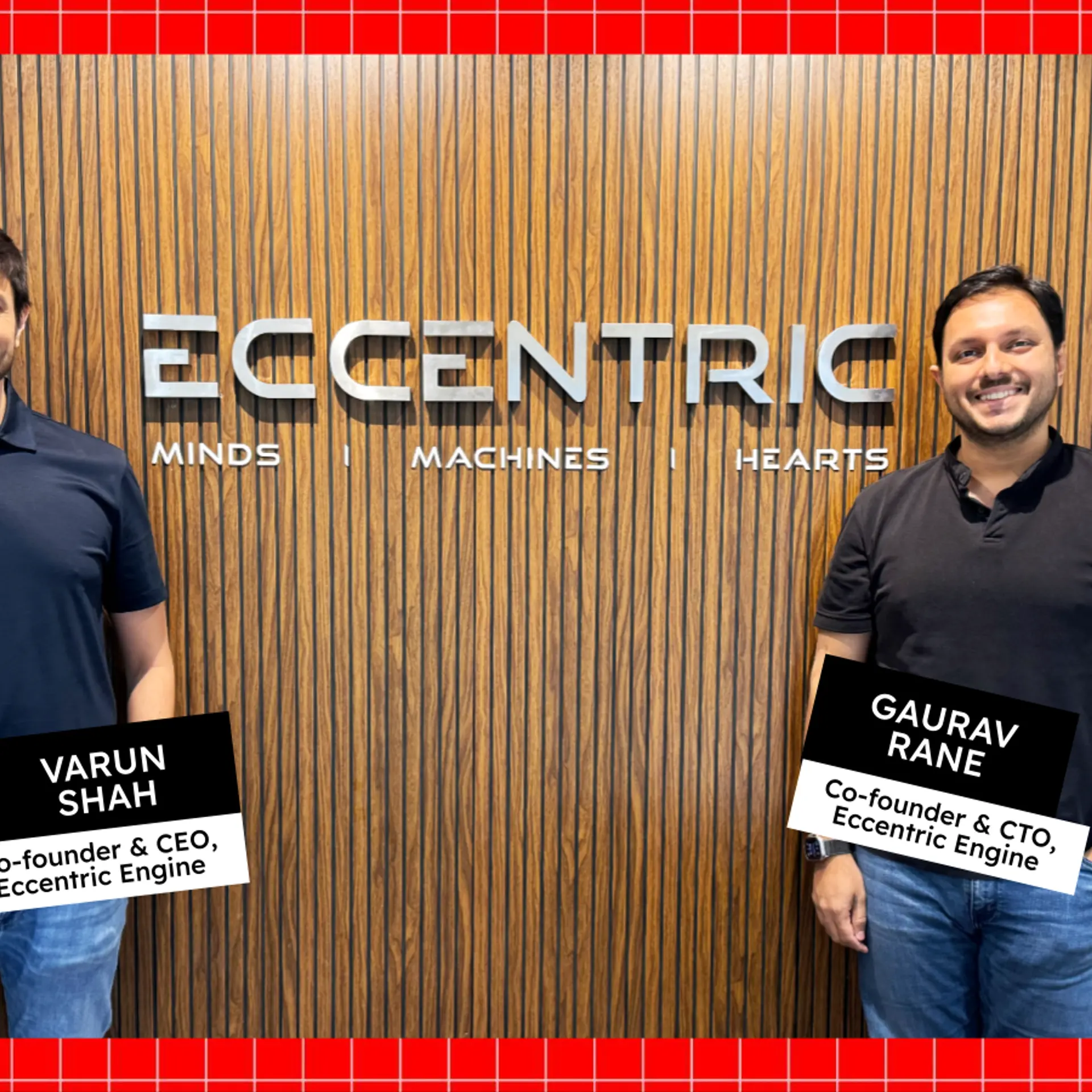How small ideas connect to become bigger new ideas – creativity tips from the Chitra Santhe artists
Explore, experiment, engage – that is the key to perseverance in creativity, as these artists explain in this photo essay.
Launched in 2014, PhotoSparks is a weekly feature from , with photographs that celebrate the spirit of creativity and innovation. In the earlier 515 posts, we featured an art festival, cartoon gallery, world music festival, telecom expo, millets fair, climate change expo, wildlife conference, startup festival, Diwali rangoli, and a jazz festival.
In this photo essay series, we profile a range of artworks along with insights from the participating artists at Chitra Santhe 2021. See Part I, Part II, Part III, Part IV, Part V, and Part VI of our coverage.
Hosted by Karnataka Chitrakala Parishath in Bengaluru, the 18th edition of the annual art festival is being held entirely online this year due to the pandemic. The virtual exhibition has been extended by one month till the end of February. The festival website provides artwork prices and contact information of over 1,000 artists from India and overseas.
See also YourStory’s coverage of six earlier editions of : 2020, 2019, 2018, 2017, 2016, and 2015, as well as compilations of Top Quotes of 2020 on Art in the Era of the Pandemic, Indian Art, Art Appreciation and Practice, and Beauty and Business of Art.
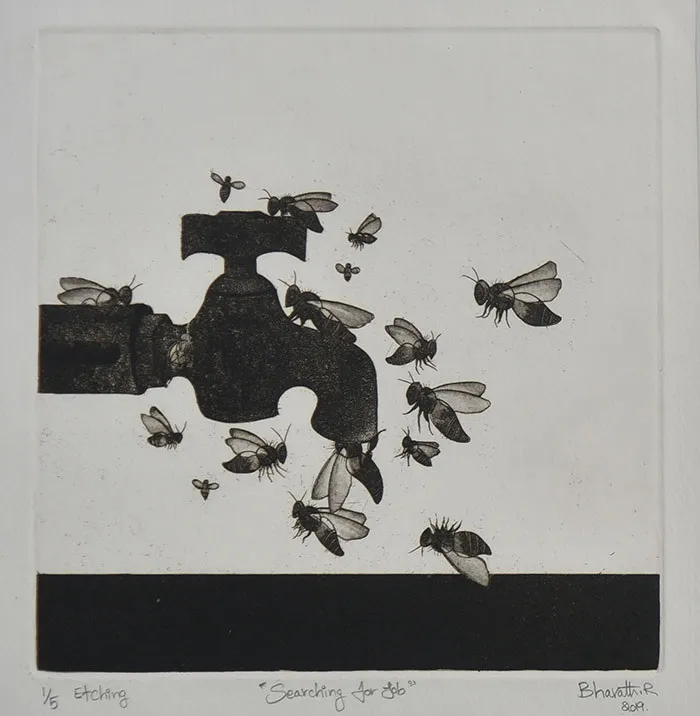
Artist: Bharath R
Geetanjali Kapoor
“Art is everything to me, art is everywhere inside and outside me. It is the very basis of my existence,” explains Bengaluru-based artist Geetanjali Kapoor, in a chat with YourStory. She says she started drawing when she was a little child, and even before she understood anything about art.
“Life has been turbulent with a lot of upheavals, but what kept me going was my art. I could escape the craziness of the world, I could forget everything, and lose myself completely in the process of creating art,” she recalls.
“As I always loved drawing people, my happiest hours have been spent trying to capture the shadow of a lip or the exact curve of the brow while rendering the likeness,” Geetanjali enthuses.
“I chase beautiful art whenever possible. In museums, in books, in design, architecture, on the screen. Everywhere,” she describes.
For now, Geetanjali says she is unable to pursue art full-time for commercial reasons. “I would feel successful if I could make a living out of it. Nothing else brings me as much joy as painting, and all I want to do is paint,” she says.
“Having a physical exhibition or winning an award would be a dream of course, but I have a long way to go before I get there,” Geetanjali adds.
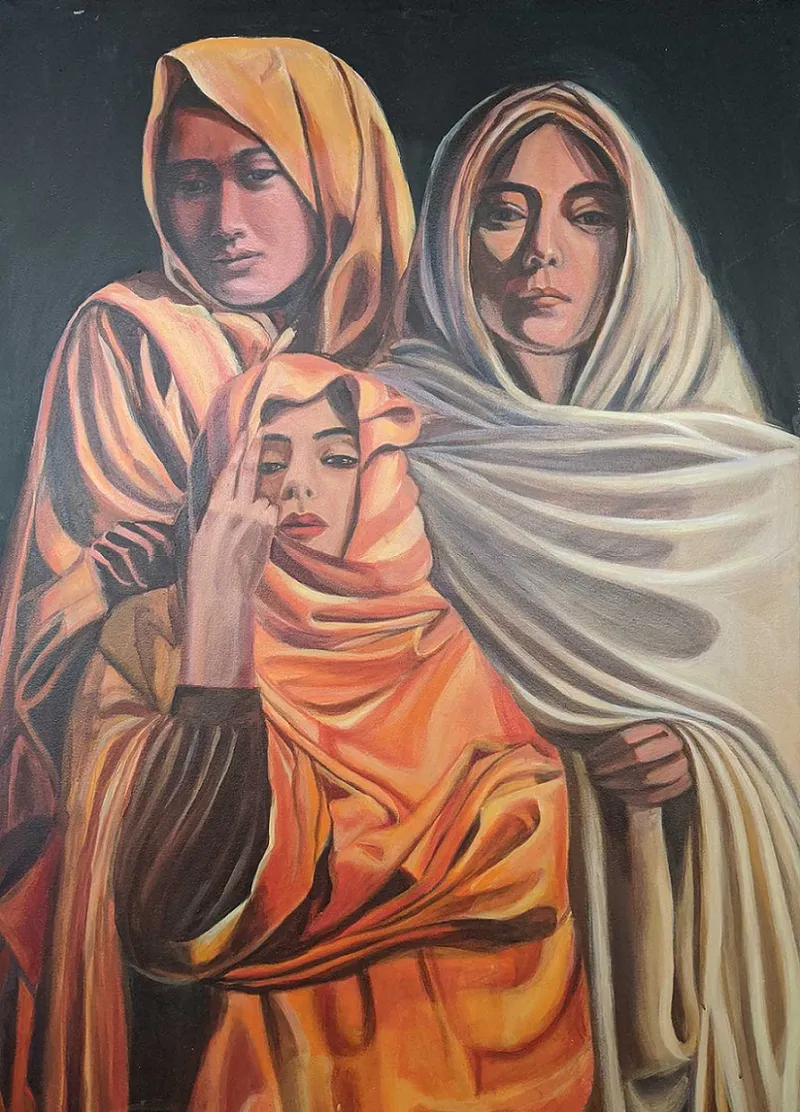
Artist: Geetanjali Kapoor
She calls for the practice and appreciation of art to be taught throughout the school years. “As children, we need to start understanding art and its evolution, and how we should respect it. Not only the process of creating art but also the huge variety of ways something can be created,” she emphasises.
Art camps and workshops should be held for children of all ages throughout academic years, and it should be treated with as much importance as any other subject.
Geetanjali is particularly fascinated to draw children and the wide gamut of their ever-changing expressions. “When troubled, children might not be able to express themselves with words, but their faces are candid and tell the story far more effectively,” she observes. During the pandemic, she spent her time at home to learn how to illustrate for children.
“I try to capture emotions through my art so the viewer can feel the subject's emotions,” she says. For example, in her first series of paintings, she shows how much a woman hides behind a veil or dupatta.
Geetanjali had been preparing to hold an exhibition of her work over the past couple of years. “When I heard about this year's Chitra Santhe being held online, I felt it was the perfect opportunity for me to take the long-awaited step,” she explains. Her artworks are priced from Rs 12,000 to Rs 70,000.
Though she appreciates the convenience and reach of an online exhibition, she feels the personal touch is sorely lacking. “The true impact of a painting is felt in person. When you can stare at a painting for hours and you fall in love with it, it's much more intense and real,” she explains.
“I feel pictures don't capture even half of the effect one feels in person before a painting,” Geetanjali observes.
Don Ray McKinney
“Certainly, art means a number of things to me — both a reflection on various aspects of my life and interactions with people I have known. This is especially true when I think about the mentors who moved me along my path in pursuing the arts,” explains US-based artist and educator Don Ray McKinney.
“However, as I developed an understanding and appreciation of aesthetics, it became obvious to me that aesthetics with the deeper understanding of the soul and self becomes the important thing,” he adds.
Don says he has never looked at art as either a success or a failure proposition. “I believe that art is in the making, not in the thinking. But, certainly, there are times of internal exploration that are deep and very personal,” he clarifies.
He has received a number of accolades and awards throughout his career. “I don’t make art to sell, but I sell the art I make,” Don poetically describes. He has exhibited art in mostly non-profit venues but will also consider being represented by commercial galleries and curators.
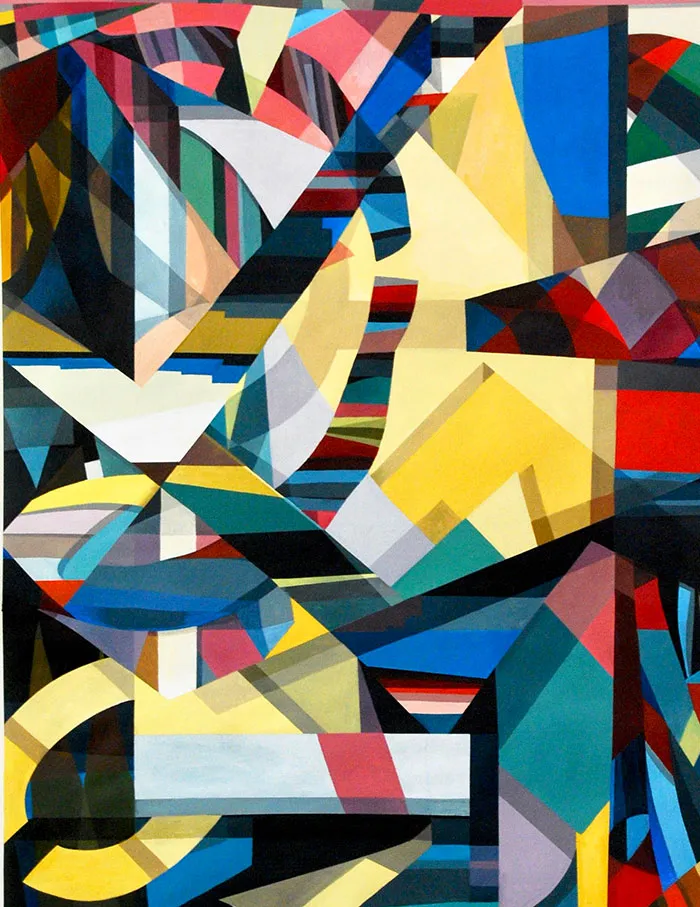
Artist: Don Ray McKinney
As an art teacher, he often ponders how art appreciation can be improved in society. “With students, I try to make the association that everything comes and grows from the creative process – all products, designs, philosophy, literature, music, dance, and aesthetics,” Don explains.
“The arts are integrated into all components of many societies. So, teaching awareness both historically and of the contemporary becomes a paramount undertaking,” he emphasises.
For Chitra Santhe 2021, he presented paintings from his Fragments series. “This is a group of work that is ongoing — but it had its beginnings in the early 1990s. As I was cleaning out my studio, I found scraps along with bits and pieces of drawings that I had done,” he recalls.
Instead of throwing them away as waste, he decided to put them in a folder and keep them. “I remember saying to myself, Someday, I will do something with these. From that point on, I begin to collect the scraps, and 20 years later, in 2014, I opened up that folder and begin to work from the drawings,” Don explains.
He created a series of small paintings first and then built collages from the drawings for larger works. “To date, I have created nearly a hundred paintings and hundreds of drawings from these bits and pieces,” he proudly says.
“I learned a valuable lesson that I teach to my students: you never know what you create will become, or when! Your job as an artist is to just continually make art,” Don explains. Those pieces also became a format for the development of his concepts in colour theory.
Don’s artworks span drawing, painting, printmaking, and sculpture. “Drawings and prints range in price from $100 to $400. Paintings can range from $2,000-$15,000 depending on the size. And, then there are a few works that are in the $20,000+ range,” he adds.
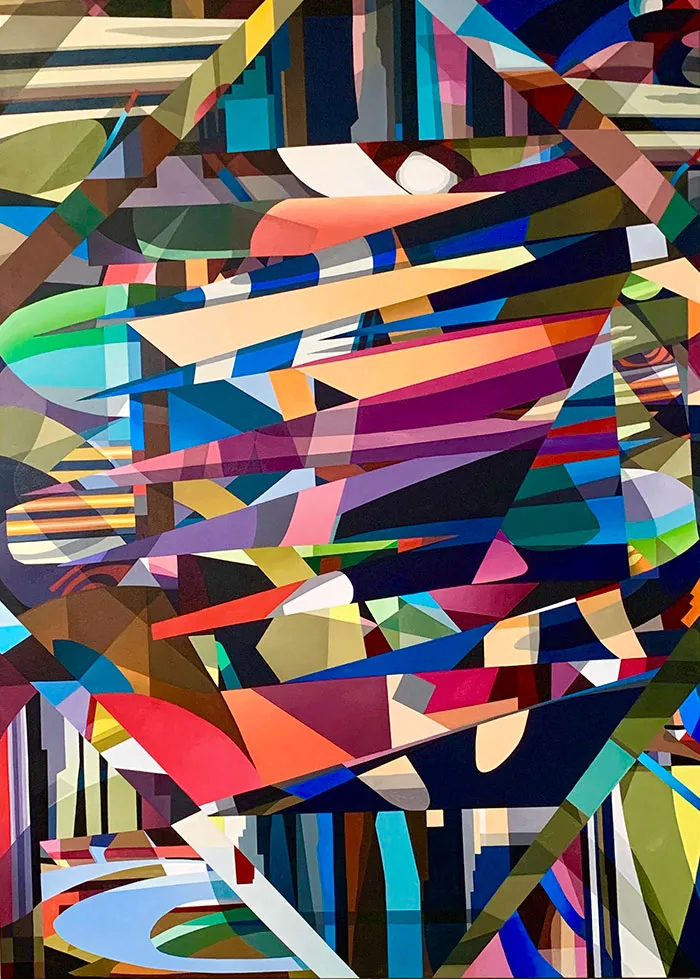
Artist: Don Ray McKinney
He is always looking for a home for his work. “It is more important for my work to be placed in a collection, either public or private, and sometimes I will donate work in order to achieve this end,” he says.
As an adjunct professor of art at two local colleges, he had to move his classes online due to the coronavirus pandemic. “This has taken a considerable amount of time to prepare. I teach for about four hours a day, and then spend eight hours in the studio,” Don says.
“I think artists expend extraordinary periods of time working in the studio, so I don’t think the sequestering mandates have changed that much. However, the venues for showing art have been limited,” he laments.
Don also explains the ups and downs of online exhibitions. “The advantage of being in an online exhibition is the ability to show your work to so many people who wouldn’t have normally viewed it,” he describes.
“It is easier for people to see the work, and to receive a rudimentary understanding of the pieces. As a matter of fact, it may be a little bit of a preview that leads people to attend more physical venues such as museums,” Don adds, highlighting the potential for ‘hybrid’ online-offline events.
“What I miss from physical exhibitions is the interaction with the people viewing my work. I can see if it makes an emotional connection with the viewer, or whether the viewer is puzzled by what I have produced,” he says.
“Artists spend a great deal of time alone. So, the physical exhibition gives the artist the opportunity for feedback along with an opportunity to engage in a social experience,” Don explains.
Don also offers tips for aspiring artists. “The artist has only one job, and that is to create art. Don’t spend your time worrying about pleasing people or what critics may say about your work. Just keep making it,” he advises.
“Even little scraps of drawings can lead to bigger things,” he adds, alluding to his Fragments series as an example.
“Attrition in the arts is substantial mostly due to personal insecurities and the lack of community. Aspiring artist should take part and enjoy working with non-profits and be involved in a creative relationship with other artists in their community. This is a great help in sustaining those long, lonely hours in the studio,” Don suggests.
Divya Deepika Jannu
“Art is an avenue that helps me respond to life without any inhibitions and social conditioning,” explains Divya Deepika Jannu. “Art to me is an expression of that aspect of my personality which is hidden deep within. It allows me to be myself,” she adds.
The act of creation of the artwork itself is a form of success for her. “Success is also the sparkle of wonder in the eyes of my audience. It fills me with contentment for my hard work,” Divya says.
But she laments that art is yet to gain general social acceptance in Indian society. “Art has to be inculcated as a mainstream subject in schools, on par with other subjects like math and science,” she recommends.
“This will create an appreciative mindset towards art in the new generations. At the same time, corporates should consider supporting art as their social responsibility to help it flourish,” Divya adds.
She has been a close follower of the Chitra Santhe festivals and has observed the artists and their works. “It was evident that the idea of art is endless. I have chosen a wide range of themes from traditional dance forms to still life and semi-abstracts,” she says.
“Being a classical dancer, I have a soft corner towards depicting rhythm, action, and life in motion. Many of my works revolve around these themes,” Divya explains. Her acrylic and oil paintings are priced from Rs 10,000 to Rs 70,000.
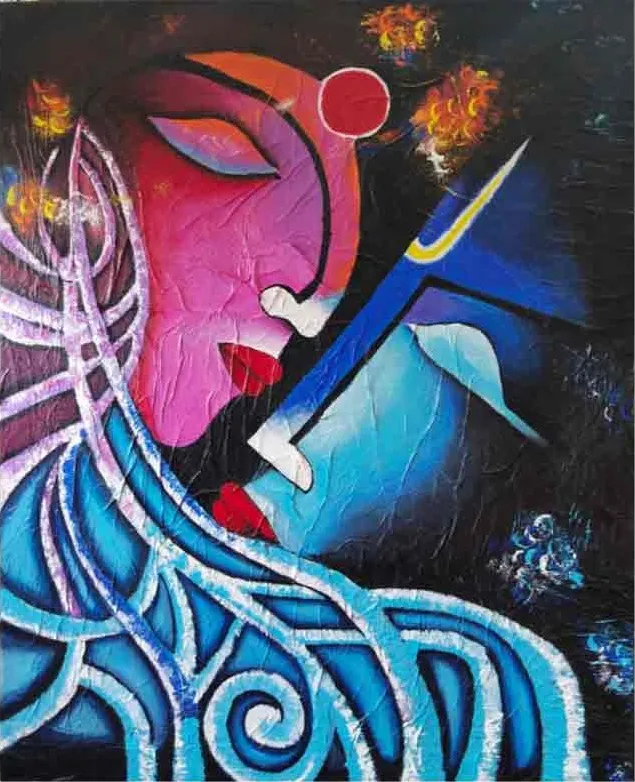
Artist: Divya Deepika Jannu
The pandemic has been a major challenge for humanity, and particularly hard on the art world. “It has been a very difficult time, especially for artists who are so strongly dependent on social interactions,” the Bengaluru-based artist observes.
“It was also a great time to learn new skills and upgrade oneself both professionally and personally. I spent most of my time during the lockdown mastering new art techniques and focussing on my health,” Divya recalls.
Shifting an exhibition to online mode has its pluses and minuses. “The strength of an online platform is its enormous global reach, cutting across all boundaries. The far wider global audience can view the artworks from the convenience of their home. It also saves a lot of travel and logistics for artists and art lovers alike,” Divya observes.
“However the true soul of a Santhe or fair is absent in the virtual world. It is the physical presence of people that creates the magic of an exhibition,” she emphasises.
She also offers tips for aspiring artists. “You only get better at things with constant practice. Artists have to always preserve the motivation to express themselves through their work of art regardless of the situation,” she says.
“You never know what might strike a creative spark within you. Be open to explore and experiment,” Divya signs off.
Now, what have you done today to pause in your busy schedule and find new avenues to apply your creativity?
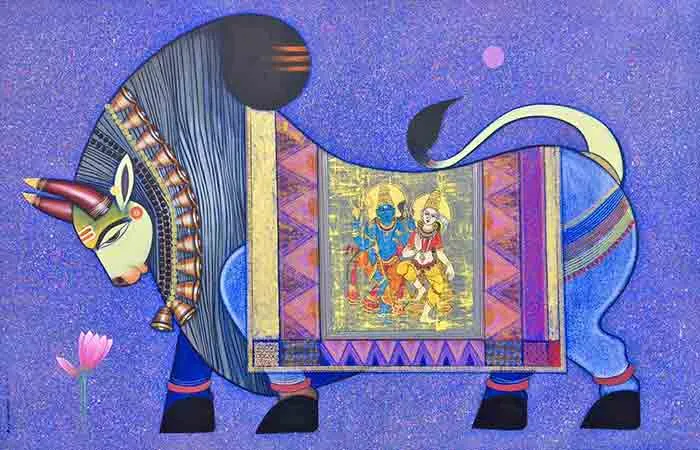
Artist: Ashok S. Rathod
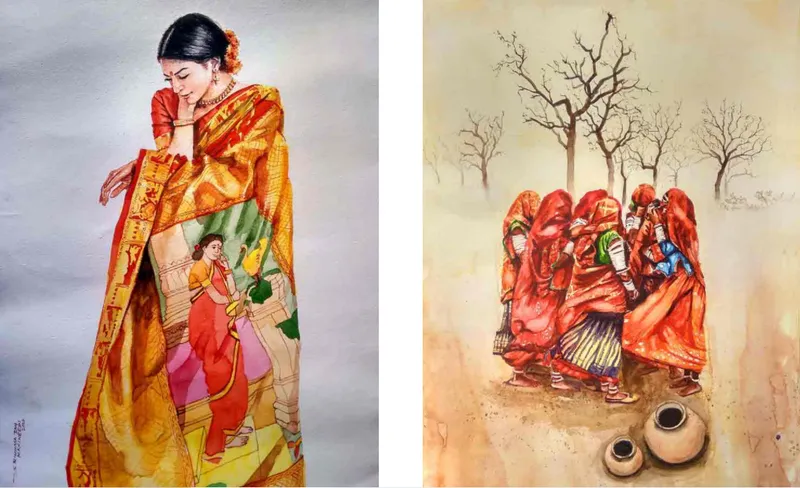
Artist: SR Makineedi
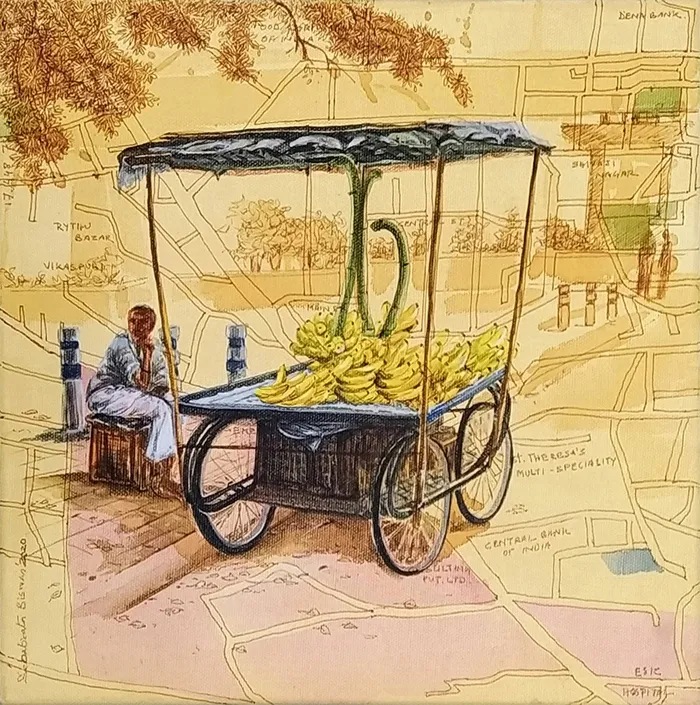
Artist: Debabrata Biswas
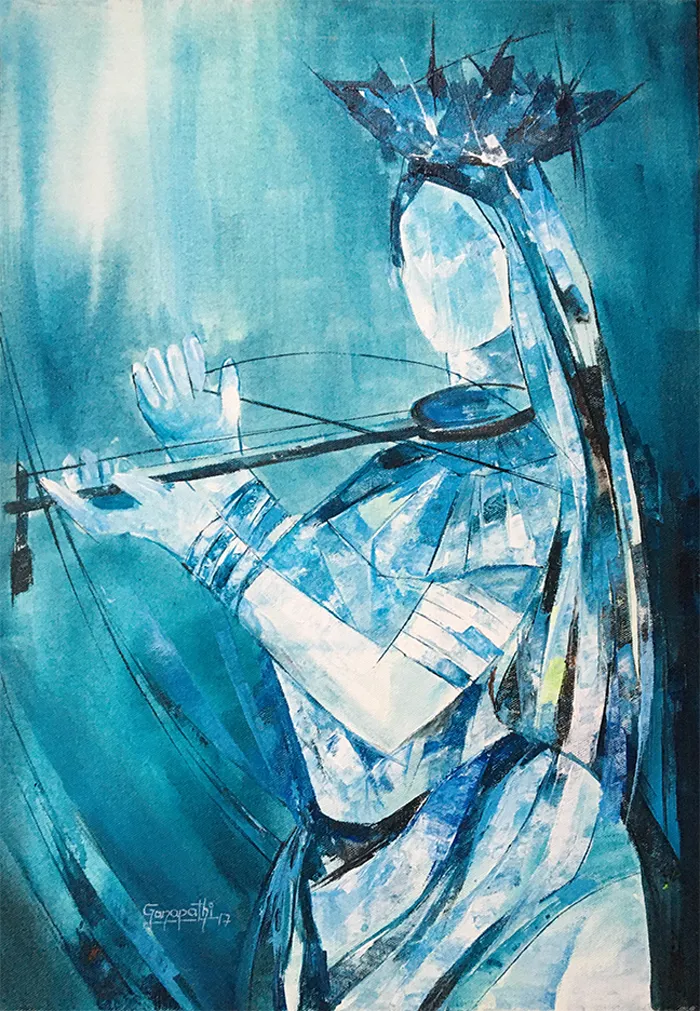
Artist: Ganapathi Hegde
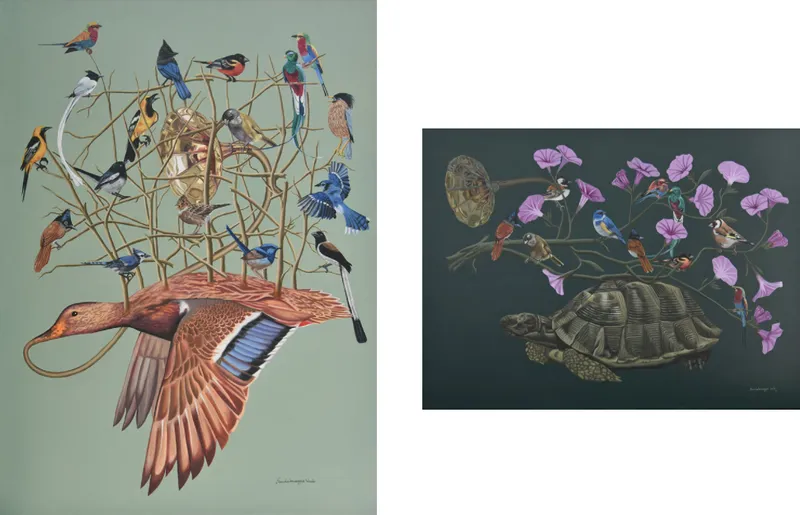
Artist: N.Wade
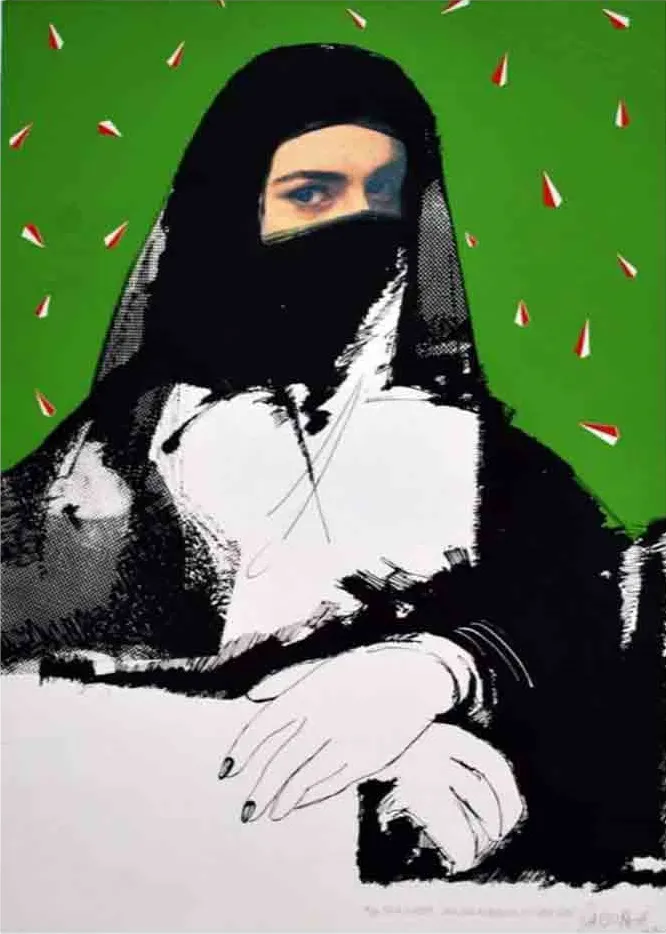
Artist: Babu Rao
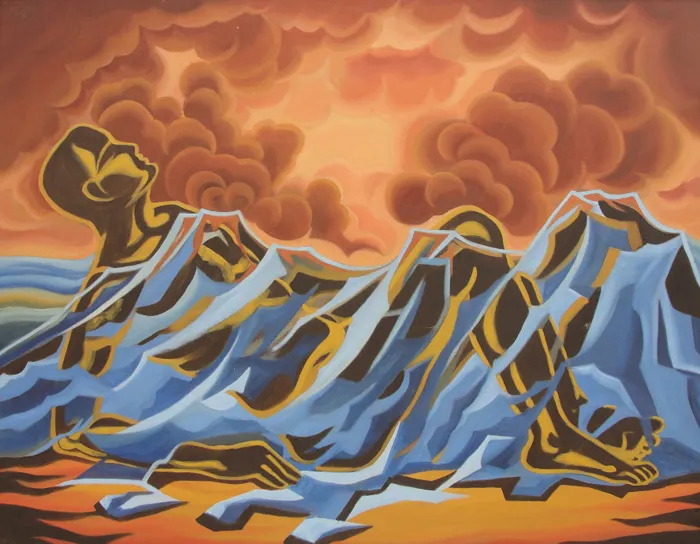
Artist: DG Vijayendra
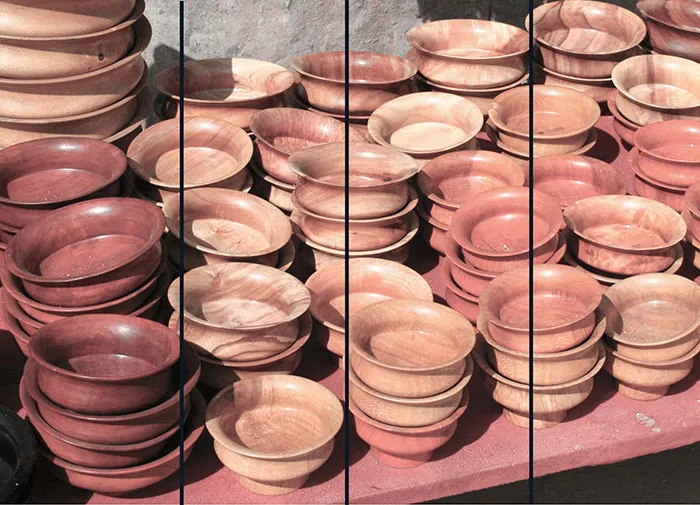
Artist: Naggapa B Badigar
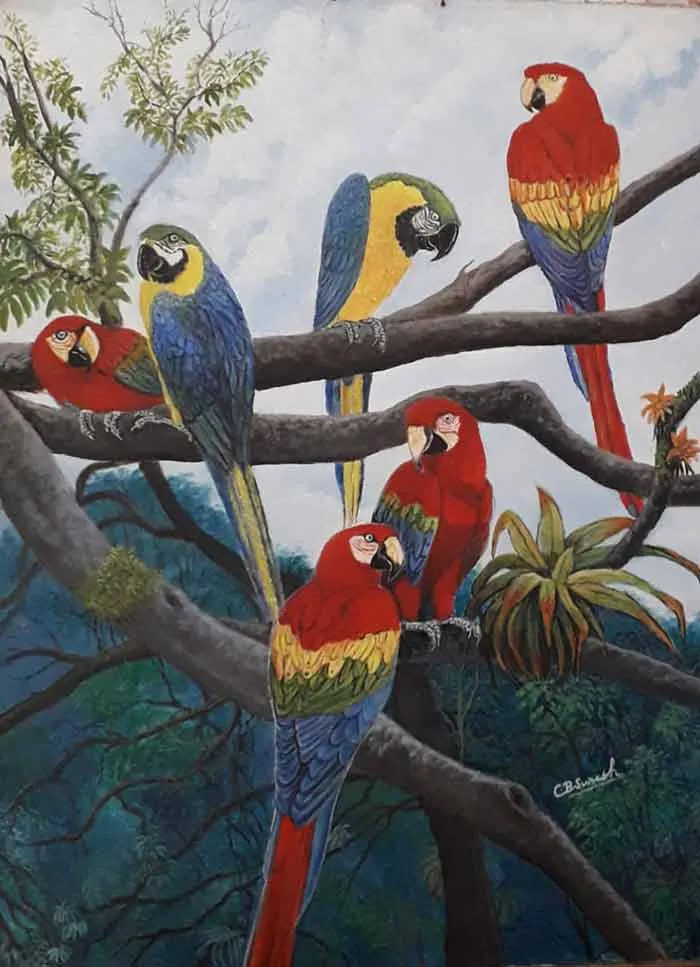
Artist: CP Suresh
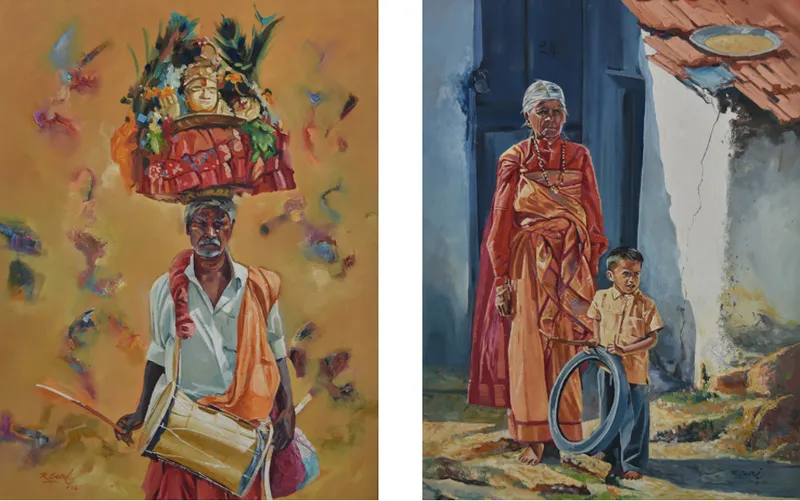
Artist: R Suri
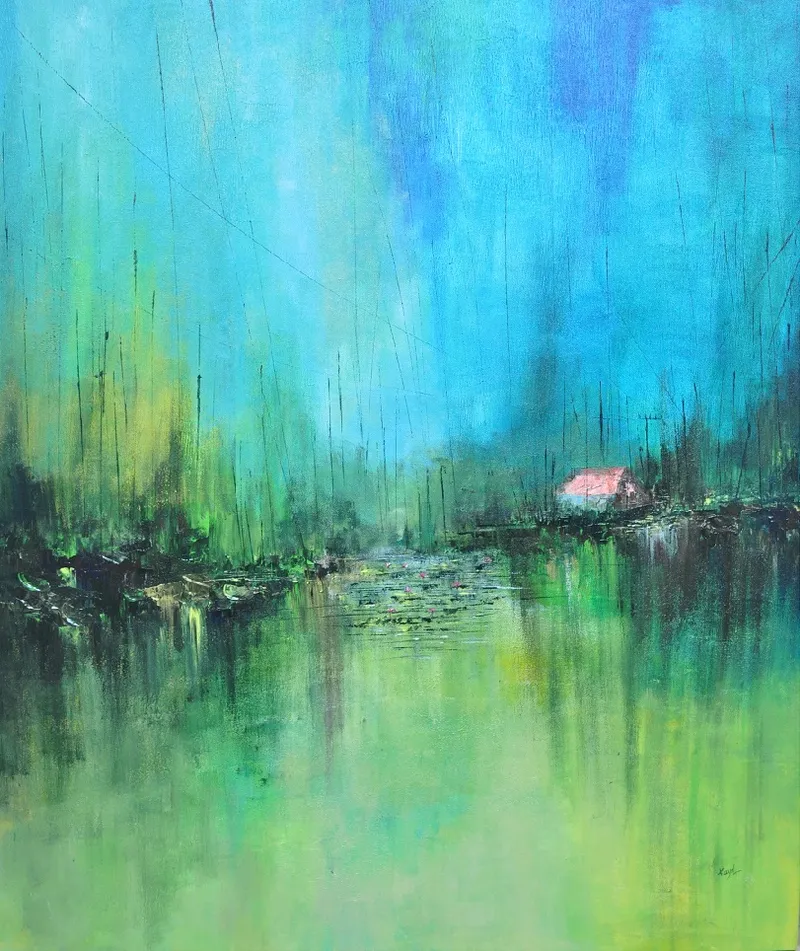
Artist: Kayal Vizhi
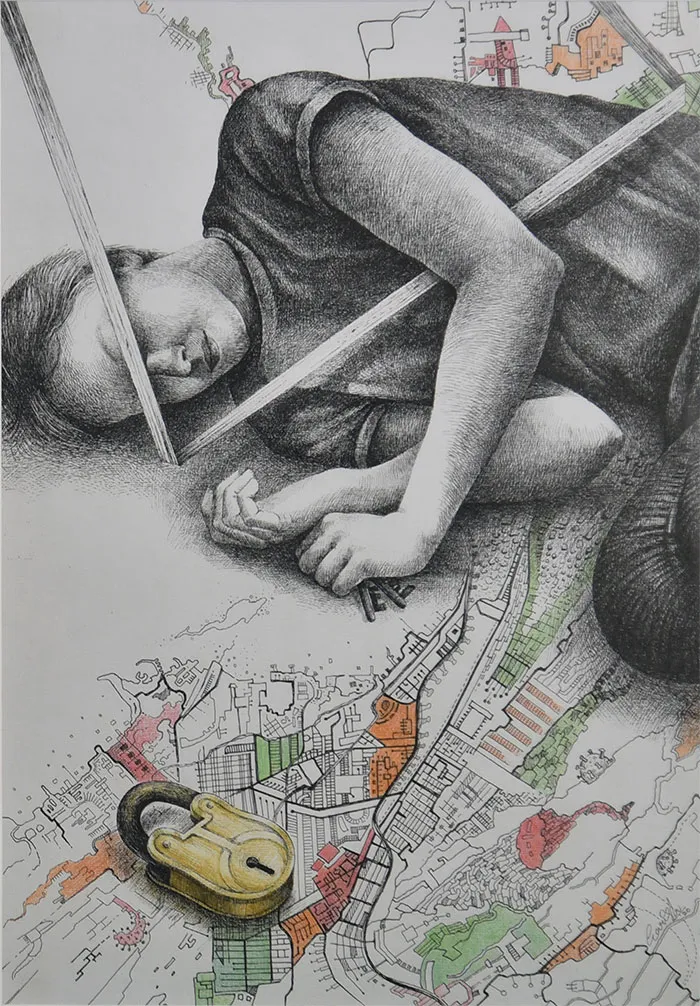
Artist: Gourishankar S

Artist: Bharathbhushan Mohan Hogade
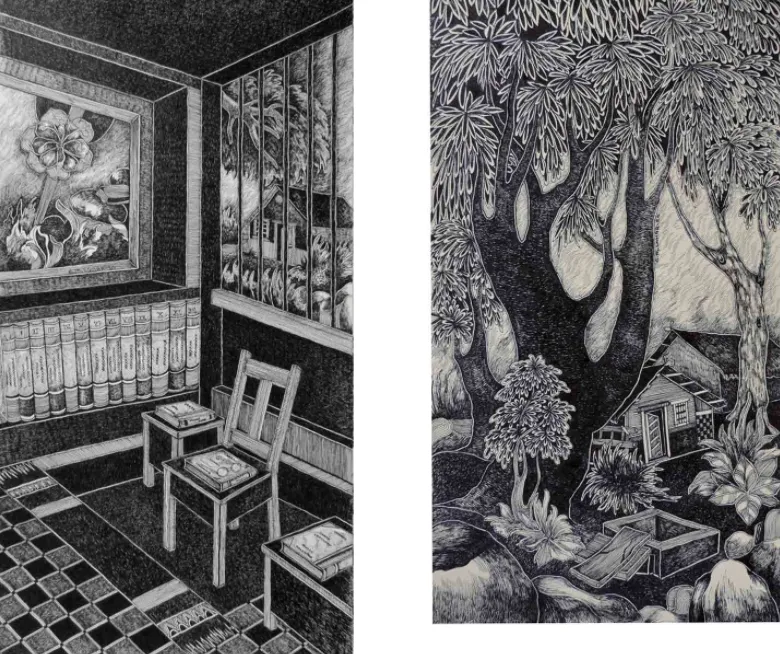
Artist: Shashidhar Lohar
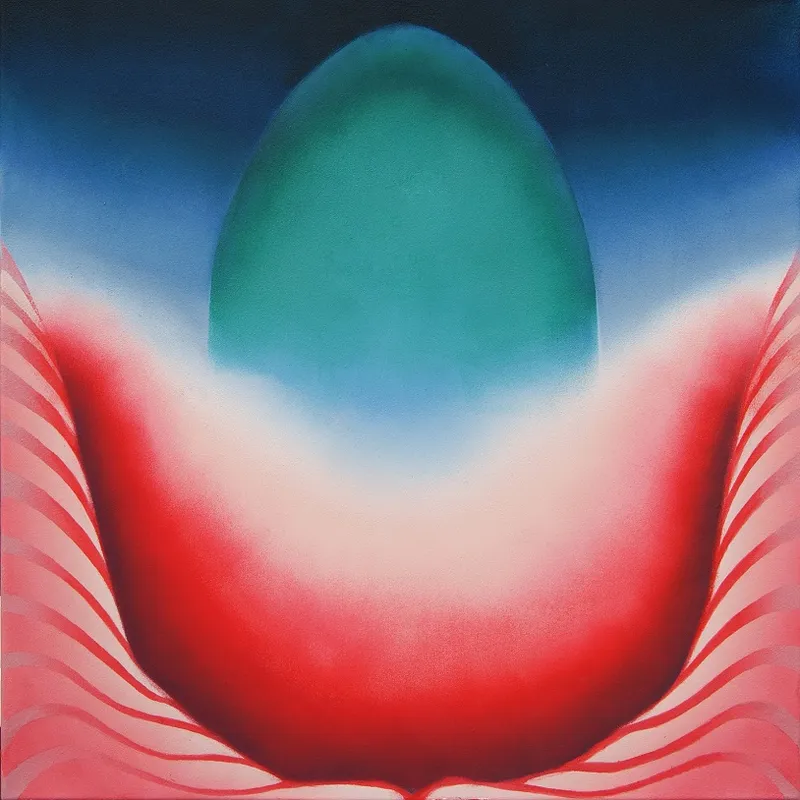
Artist: Anna Krzemińska
See also the YourStory pocketbook ‘Proverbs and Quotes for Entrepreneurs: A World of Inspiration for Startups,’ accessible as apps for Apple and Android devices.
Edited by Suman Singh




